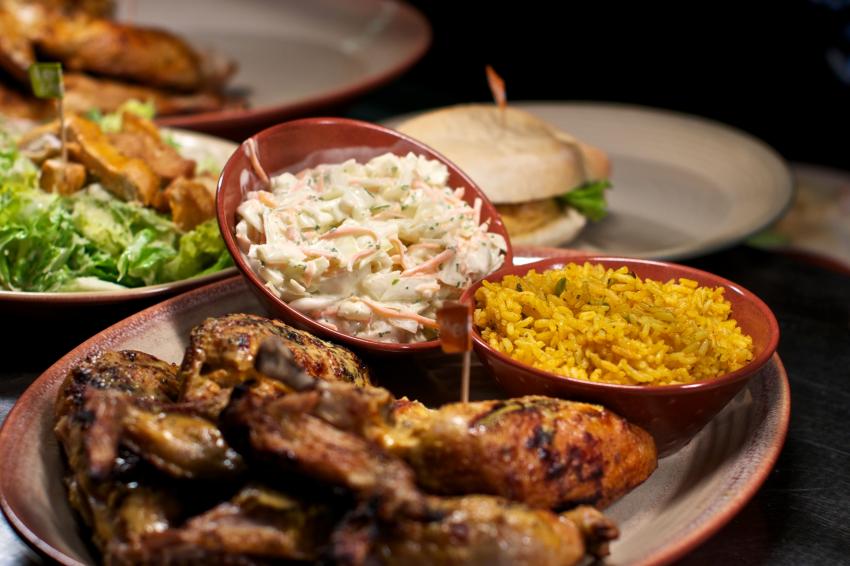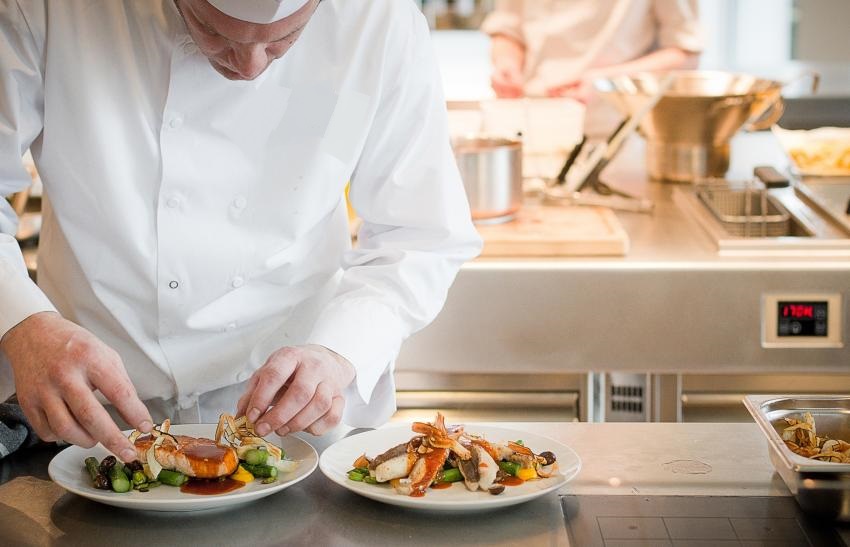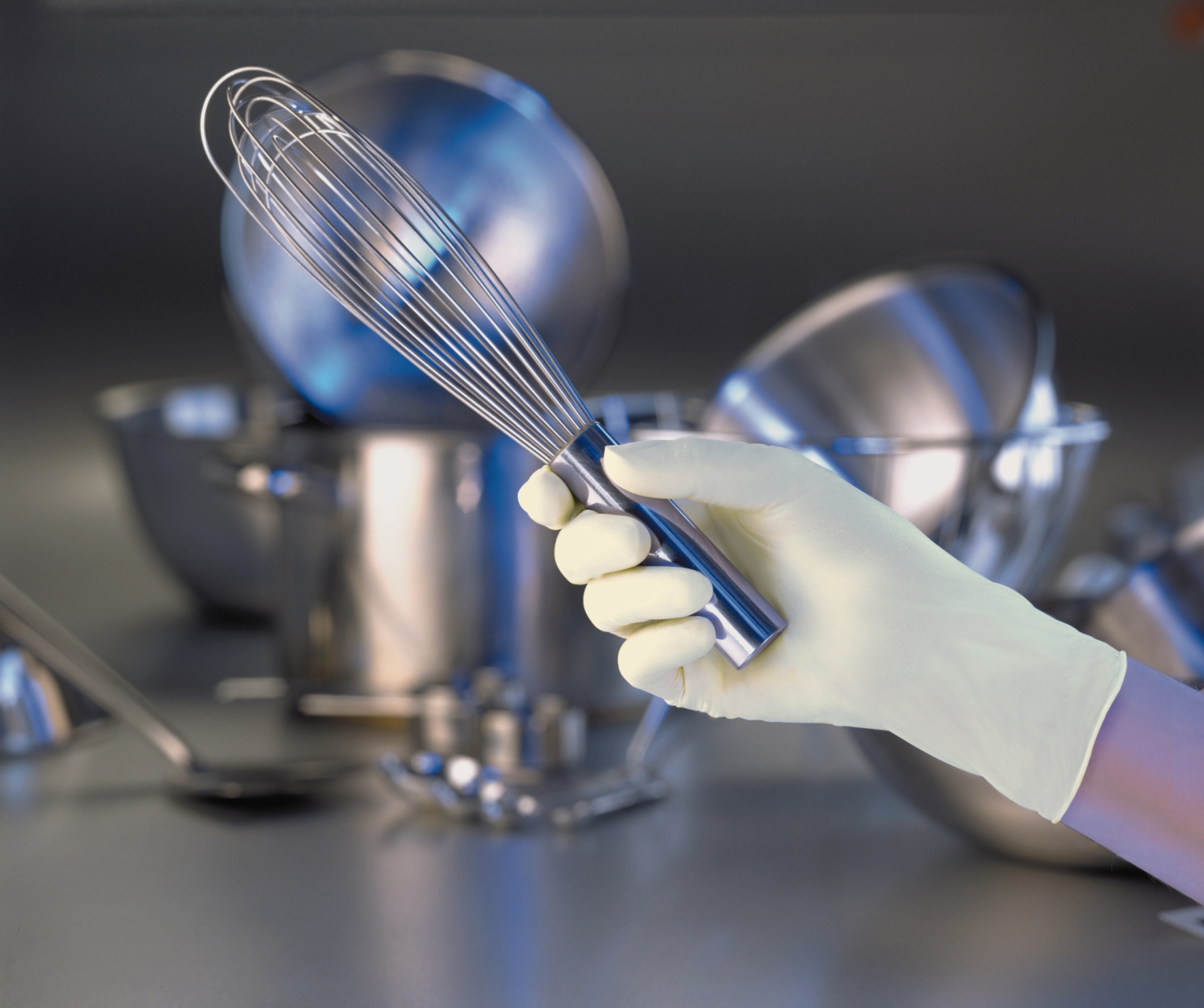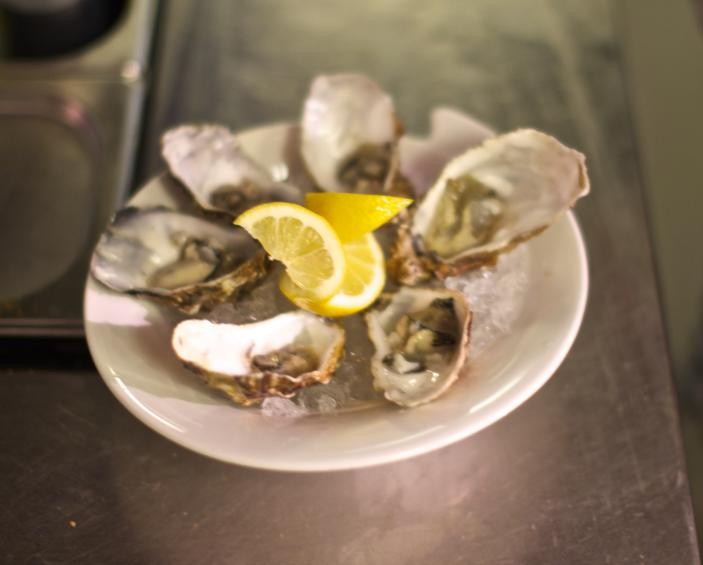Time and Temperature: Why 41°F to 135°F?
In one of my last blogs, I mentioned the temperature danger zone, or TDZ, as those in foodservice often refer to it. Learning the TDZ is almost a rite of passage for any new employee. Most could recite it in their sleep: “41°F and 135°F, the zone where bacteria multiply quickly.” In the foodservice environment, the TDZ isn’t just a best practice; it’s a critical defense against foodborne illness. Failing to manage time and temperature properly can lead to serious health risks, liability, and damage to the reputation of your brand.
The FDA Food Model Code sets strict guidelines: cold foods must be held at 41°F or below, and hot foods at 135°F or above. Any food that remains in the TDZ for more than 4 hours cumulatively must be discarded.
Early in my days in the industry, when I was just a teenager getting my first job, I was taught about the TDZ. What we, or at least I, didn’t understand back then was just how difficult it is to keep food out of this dreaded TDZ. For example, I don’t know if we (my fellow employees and I) fully appreciated the cooling curve for products such as soups and gravies. We would batch cook most of our soups, cool them down, and then reheat them for later service. I vividly remember being trained to take the soup off the steam-jacketed kettle at the end of the cooking process, divide the soup into two-gallon Cambro containers, and leave the lid slightly ajar so the initial heat could escape, and placing them on the counter (not in the cooler) for a half hour or so for initial cooling. After all, we didn’t want to warm up the cooler. Then, after a half hour or so, I was trained to place the product in the cooler with the lid covering the product tightly and let it cool. I know practices have changed at that operation, but back then, we thought the soup would be just fine! Now, we know that the two gallons of soup would never cool within current food code guidelines and would be within the TDA for far too long.
What I find when I conduct employee training is that most employees appreciate the TDZ and can recite it like the Pledge of Allegiance, but they really don’t understand it. I mean, truly grasp why that range was established and codified.
To fully understand the TDA, it helps to know a bit about food safety history. Although President Lincoln established the United States Department of Agriculture and the Division of Chemistry (which later became the Food and Drug Administration), public health officials really became serious about food safety in the early 1900s with the passing of the Pure Food and Drug Act. The Act was passed, in part, because of the public outcry following the publication of The Jungle by Upton Sinclair.
In the 1940s and 1950s, increased attention to military food safety intensified during World War II and the growth of industrial food production. These developments led to increased scrutiny of food handling, including time and temperature controls.
Then, in the late 1950s and early 1960s, we began to see food codes mentioning temperature criteria, which at that time were identified as either 40°F to 140°F, 45°F to 140°F, or 40°F to 150°F, depending on the source that you reviewed. These early references laid the groundwork for the standardized temperature danger zone we recognize today.
…If you have been in the industry for a while, you might recall the old TDZ to be 40°F to 140°F, which was always easily memorable in my mind. So why the change to the current 41°F to 135°F? Well, it wasn’t arbitrary…
First, it is important to understand that the food code is a mix of science, feasibility, and usability. The code document has a tough job; it must take the best of what we know about science, epidemiology, and technology; understand what is achievable in real kitchens with equipment limitations, labor constraints, and operational complexity; and make it clear enough that a foodservice manager can understand it and a regulatory official can enforce.
What was found in the scientific community about the TDA was that most common foodborne pathogens (like Salmonella, E. coli, and Listeria) grow most rapidly between 41°F and 135°F. The difference between 135°F and 140°F was not significant in the overall growth of microorganisms. Conversely, at the cold end, pathogen growth is not much different at 41°F versus the previous 40°F.
From an operator’s perspective, commercial refrigerators were more reliably able to maintain 41°F than exactly 40°F. Thus, it is easier for facilities to consistently meet and monitor 41°F. Similarly, hot-holding equipment like steam tables often stabilizes at a holding temperature of 135°F, whereas 140°F is more difficult to achieve.
Thus, the adjustment to the TDA we know today was made because of increased knowledge of pathogen growth, while trying to make the code more practical for foodservice operators to comply with, while not compromising public health.
Understanding and respecting the TDZ is one of the most important responsibilities in foodservice. Make temperature control a daily habit, build a culture of food safety, and invest in the right tools and training to ensure that your operation stays safe, compliant, and trusted. Risk Nothing.
READ MORE POSTS
The Basic Principles of Food Safety
Every food establishment uses, processes, and sells food in different ways. However, the general issues and key principles of food safety remain the same, whatever the style of the operation. All food safety training programs should contain the “big 3” factors that could cause food to become unsafe. Food must be kept out of harms way from human errors, but if you don’t train food workers what they are, they won’t know why these factors are so important to your operation. The basics can make us or break us in one or maybe two food handling mistakes.
Be Aware When You Prepare – Food Prep Tips
The subject of food preparation covers some very broad, basic principles within food safety, with many steps associated with “risk” in some recipes. Certainly, preparation steps are where the most mistakes have occurred if a foodborne illness should occur. Outbreaks usually happen when more than one mistake occurs during prep, but sometimes it only takes one. Cooking is the biggest risk for raw foods, but all foods become ready-to-eat foods at some point in final preparation steps and that’s where the most care is required.
Food Gloves & Latex Allergy Education
Politicians joke about the endless stretch of rubber chicken dinners they may consume in an election year. For people with a latex allergy, such a prospect may be no laughing matter. While latex serves as an effective barrier glove material and has the best fit because of its elasticity, the risks associated should not be ignored. The solution is not simple and many options are available for operators today. It should always be mentioned that handwashing (before putting on gloves) is always the primary barrier to contamination and gloves are considered a good secondary barrier.
Foodborne Illness Myths & Facts
“It must have been something I ate.” That’s the typical statement when a person develops some relatively minor symptoms from food. Maybe not severe enough to go to the doctor so you choose to tough it out without medical care. Sudden onset of flu-like symptoms such as onset of stomach cramps, diarrhea, vomiting and fever could possibly mean you are the victim of a foodborne illness. The illness is sometimes referred to as “food poisoning”, but it’s often misdiagnosed.










